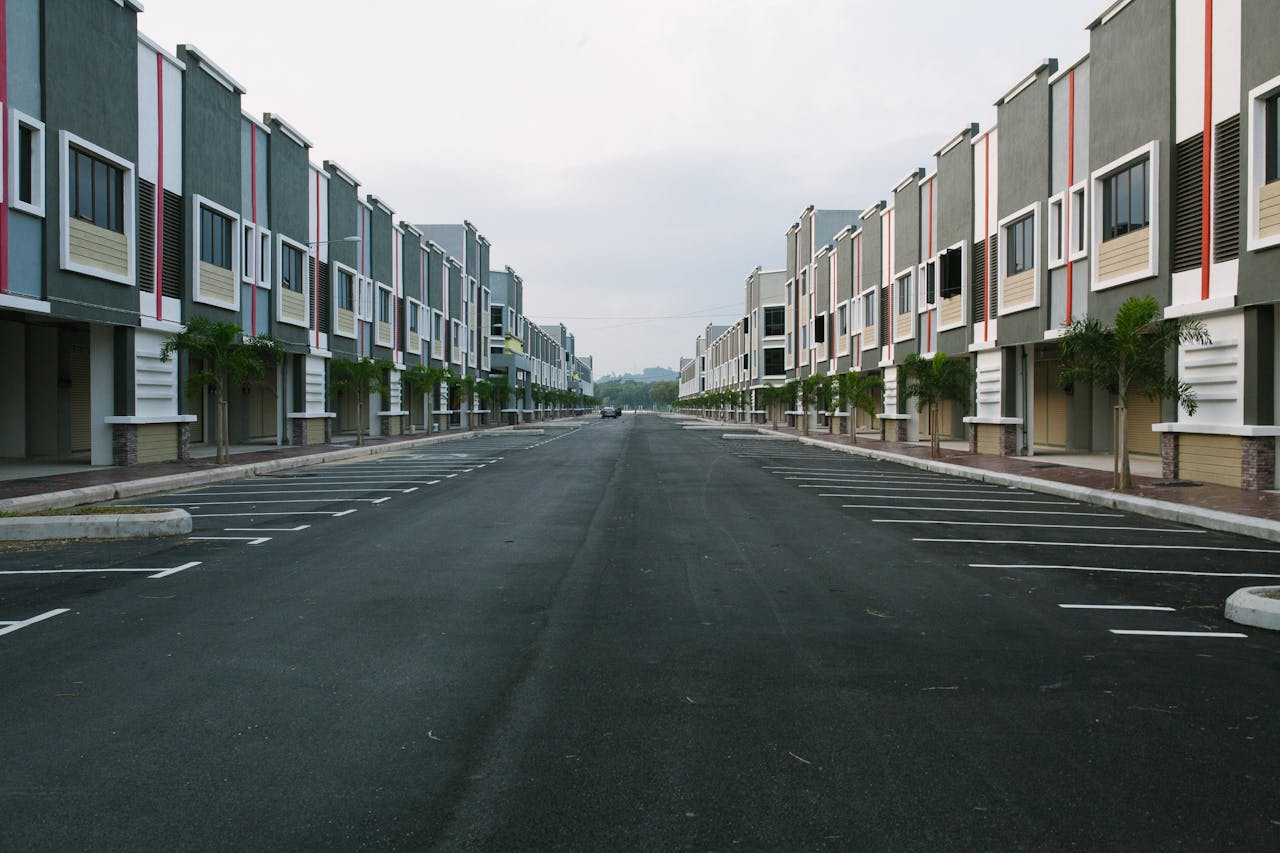

Architecture has always been a reflection of innovation, and today, technology is driving the industry to new heights. From conceptualization to construction, cutting-edge tools and methods are reshaping how buildings are designed, built, and experienced. Here’s how technology is revolutionizing modern architectural design:
1. Building Information Modeling (BIM): Revolutionizing Collaboration BIM has become an essential tool for architects, enabling the creation of detailed 3D models that integrate every aspect of a building’s lifecycle. By fostering collaboration among architects, engineers, and contractors, BIM reduces errors, improves efficiency, and ensures projects are completed on time and within budget.
2. Artificial Intelligence (AI) in Design Optimization AI algorithms are transforming how architects approach design. From generating complex structures to optimizing building layouts for energy efficiency and user experience, AI tools provide insights that were once unimaginable. AI-powered software can even predict how buildings will interact with their environments over time. Here’s a compelling web content draft for “The Role of Technology in Modern Architectural Design”: The Role of Technology in Modern Architectural Design Architecture has always been a reflection of innovation, and today, technology is driving the industry to new heights. From conceptualization to construction, cutting-edge tools and methods are reshaping how buildings are designed, built, and experienced. Here’s how technology is revolutionizing modern architectural design:
1. Building Information Modeling (BIM): Revolutionizing Collaboration BIM has become an essential tool for architects, enabling the creation of detailed 3D models that integrate every aspect of a building’s lifecycle. By fostering collaboration among architects, engineers, and contractors, BIM reduces errors, improves efficiency, and ensures projects are completed on time and within budget.
2. Artificial Intelligence (AI) in Design Optimization AI algorithms are transforming how architects approach design. From generating complex structures to optimizing building layouts for energy efficiency and user experience, AI tools provide insights that were once unimaginable. AI-powered software can even predict how buildings will interact with their environments over time.
3. Virtual Reality (VR) and Augmented Reality (AR): Enhancing Visualization VR and AR technologies allow architects and clients to immerse themselves in virtual walkthroughs of proposed designs. This hands-on approach helps stakeholders visualize spaces, make informed decisions, and experience designs before construction begins, reducing costly changes later in the process.
4. Parametric Design: Pushing Creative Boundaries Parametric design tools enable architects to create intricate, innovative forms that would be difficult to achieve using traditional methods. By manipulating parameters like geometry and materials, architects can design unique, functional structures tailored to specific needs and environments.
5. 3D Printing: Redefining Construction Methods 3D printing technology is revolutionizing the way buildings are constructed. From creating detailed architectural models to printing entire structures, this technology offers faster, more sustainable construction options while reducing waste and material costs.
6. Smart Materials: Enhancing Building Performance Technological advancements in materials science have introduced smart materials that adapt to their environment. Self-healing concrete, energy-efficient glass, and phase-change materials improve building durability, energy efficiency, and sustainability.
7. Drones and Aerial Technology: Streamlining Site Analysis Drones provide architects with high-resolution imagery and data for site analysis and surveying. This technology allows for precise measurements, rapid site evaluations, and monitoring of construction progress in real time.
8. Sustainable Design Technology Technology is playing a crucial role in achieving sustainability goals in architecture. Tools for energy modeling, solar simulation, and green building certification help architects design environmentally friendly structures that minimize carbon footprints and reduce resource consumption.
Tags :

Longest running master planning & architectural design firms in the Philippines.
Latest Post


